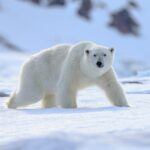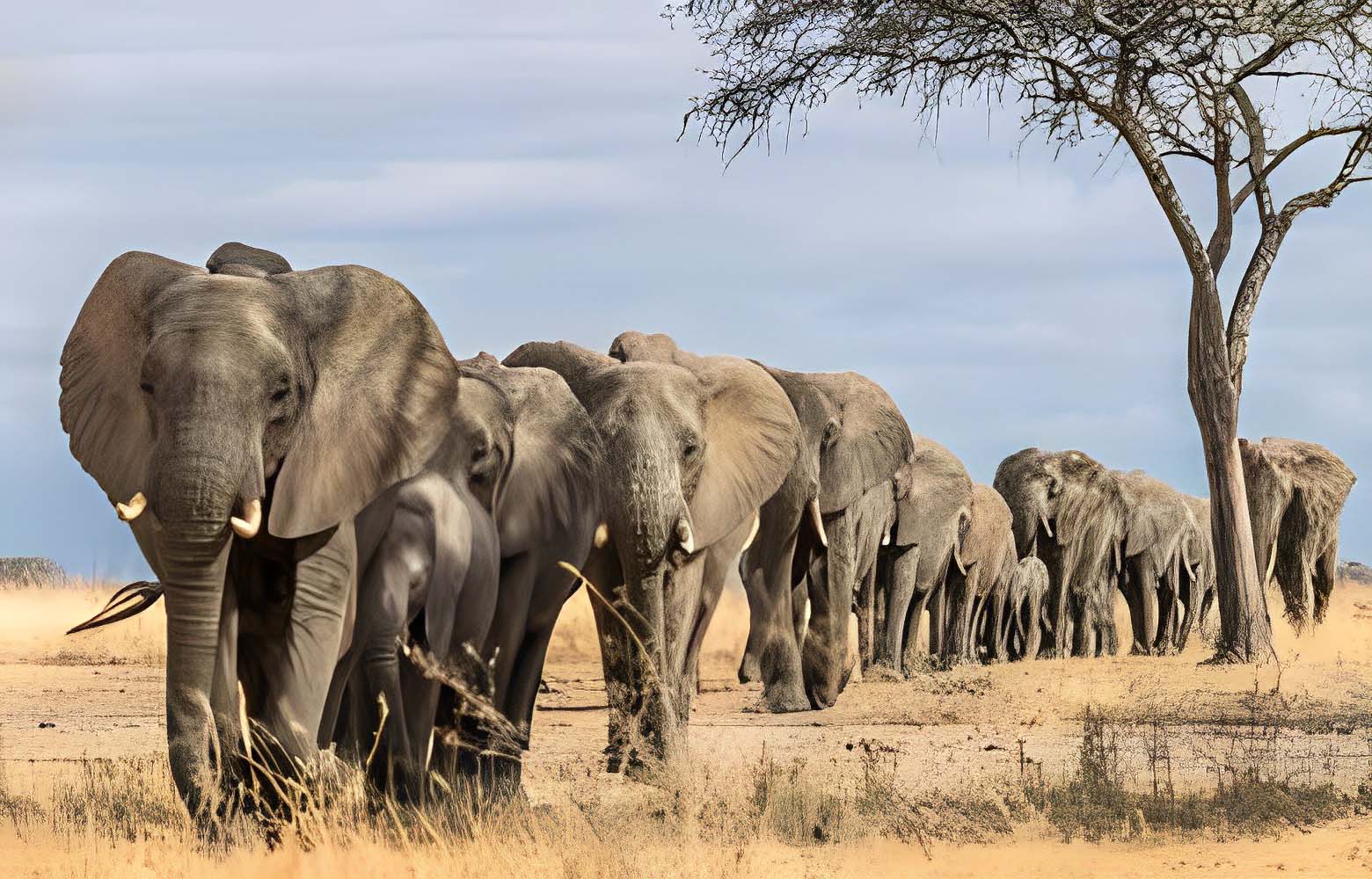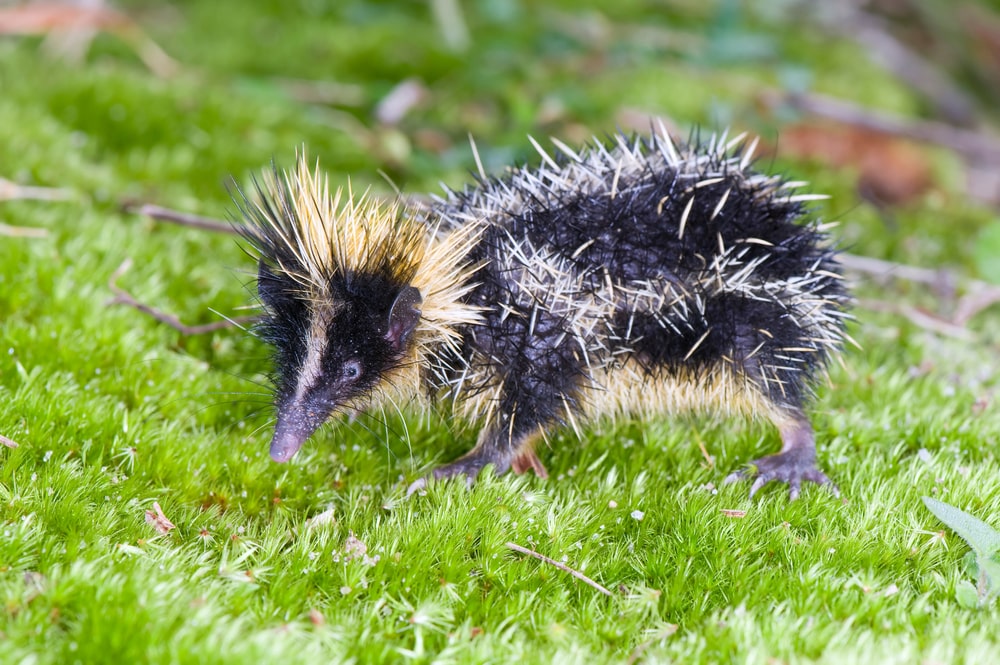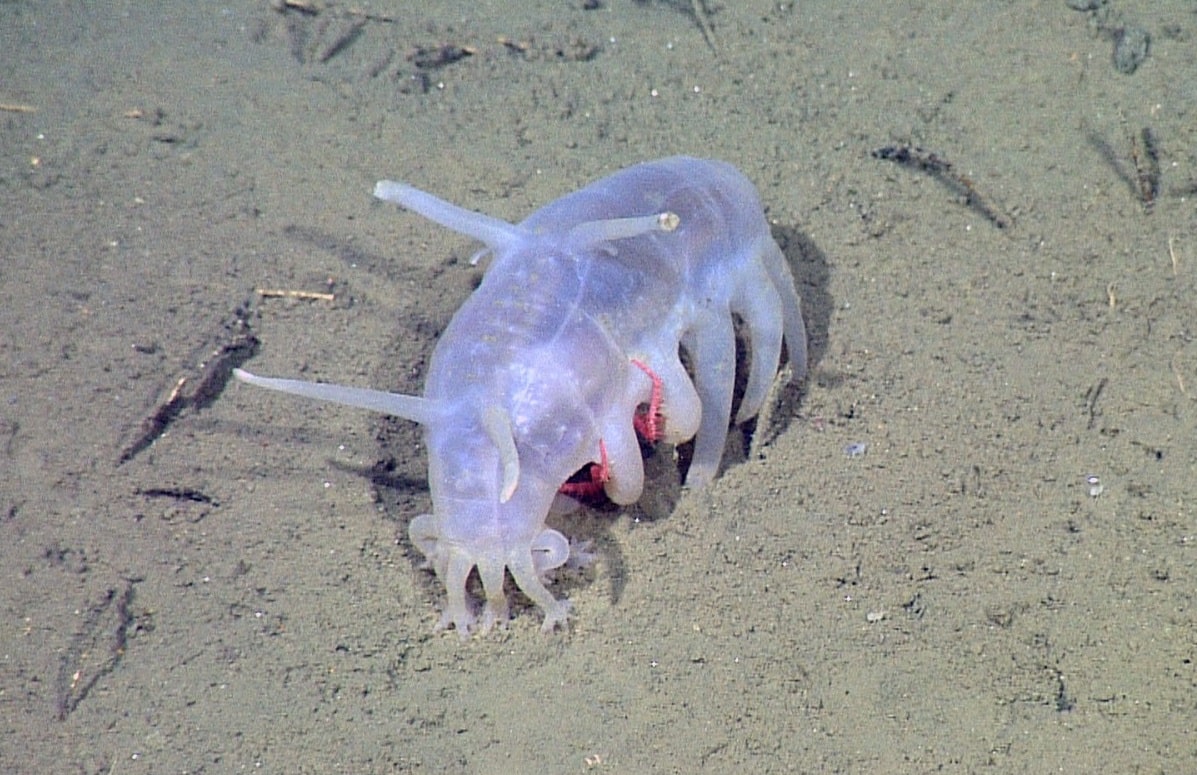Polar Bear VS Kodiak, American Black, Short Faced & Grizzly
Polar bear bite force, their size, their speed, and their hunting techniques to determine just how powerful these Arctic giants truly are.
Polar bear VS Kodiak bear
First, let’s check how strong the polar bear is compared to the Kodiak bear, shall we? Size is actually one of the most prominent differences between the polar bear and the Kodiak bear. Adult male Kodiak bears can reach weights exceeding 771 kilograms (1,700 pounds). In comparison, the polar bear is slightly smaller on average. Habitat plays a crucial role in shaping the characteristics of these bears. The Kodiak bear resides in the dense forests and alpine meadows of the Kodiak Archipelago.

This environment requires different adaptations, such as sharp claws for climbing and digging, as well as strong limbs for navigating rugged terrain. Polar bears have adapted claws suited for life on the sea ice. Their claws are relatively shorter and stockier compared to those of some other bear species. These claws are well-suited for gripping onto the slippery surfaces of ice and are crucial for providing traction while walking, running, or hunting on sea ice.
The shorter claws are also advantageous when swimming, reducing resistance in the water. In contrast, Kodiak bears, which inhabit a more terrestrial environment that includes dense forests and varied terrain, have longer and more curved claws. The length and curvature of the claws also aid in gripping and tearing apart tree bark to access insects or to catch fish in rivers. Overall, while the Kodiak bear may be larger in size, the polar bear’s unmatched aggression and sharp claws allow it to retain its title as the deadliest bear alive.
American black bear
The American black bear is our next contender! They can be found in various ecosystems, including forests, swamps, and mountainous regions, spanning North America from Canada to Mexico. Straight away, in terms of size, the polar bear stands out as the larger bear species. The American black bear is generally smaller, with adult males ranging from 68 to 272 kilograms (150 to 600 pounds) and a length of around 1.5 to 1.8 meters (5 to 6 feet). For a frame of reference, you would need around 5 black bears to match the weight of one polar bear!
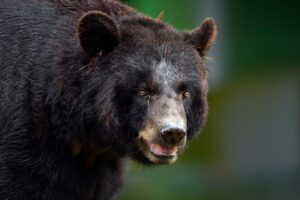
But size isn’t everything. Maybe they can secure an edge in the jaw department? Well, the American black bear’s bite force is once again significantly lower, ranging from only 300 to 700 PSI. This is because their omnivorous diet, which includes berries, nuts, and insects, does not require the same level of jaw strength as that of a polar bear. What the black bear is better at, however, is speed and agility! The American black bear can reach speeds of up to 56 kilometers per hour (35 miles per hour) when running.
While black bears are known to be opportunistic hunters, they generally rely less on ambush tactics than polar bears! Also, American black bears are generally less aggressive than polar bears and can be more adaptable in terms of their social structure, with some populations being more solitary and others more social.
Short faced bear
Let’s switch things up for a bit. Let’s compare the modern-day polar bear to the extinct short-faced bear and see if the descendant is as powerful as the ancestor! Firstly, in terms of bite force, the short-faced bear actually held a significant advantage. With a bite force estimated at around 1,500 PSI, it surpassed the polar bear’s bite force of 1,200 PSI. The short-faced bear is thought to have been a carnivore with an omnivorous diet, meaning it would consume both animal and plant matter.
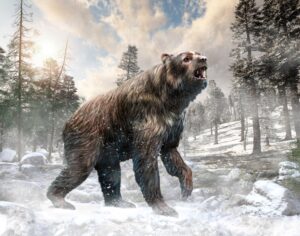
Its large size and powerful build suggest a preference for substantial prey, potentially including large herbivores like bison, horses, and even mammoths. In terms of size, the short-faced bear was notably larger than the polar bear. Standing on its hind legs, the short-faced bear could reach heights of up to 3.7 meters (12 feet) compared to the polar bear’s maximum height of around 3 meters (10 feet). Speed is a crucial factor in the hunting dynamics of these bears.
The short-faced bear, despite its massive size, is believed to have been a relatively fast runner, capable of reaching speeds of up to 64 km/h (40 mph). This speed would have been a crucial asset for chasing down prey on the open grasslands it inhabited during the Pleistocene. The short-faced bear boasts a formidable bite force and larger size, emphasizing its prowess as a Pleistocene predator. However, the polar bear’s adaptations to the Arctic environment, including its specialized swimming abilities, also highlight its unique strengths.
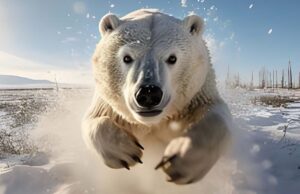
The decisive factor in determining the superiority between the polar bear and the short-faced bear lies significantly in the context of their encounters, specifically in relation to their respective habitats or home grounds. While both species are formidable predators, their evolutionary adaptations are tailored to suit vastly different environments, and this could strongly influence the outcome of a confrontation. If a scenario were to unfold where the short-faced bear was to stumble onto the polar bear’s home ground in the Arctic, the odds might favor the polar bear.
The short-faced bear, evolved for the grasslands and open terrain of the Pleistocene, might find itself at a disadvantage in the Arctic. Its larger size and robust build, advantageous in confronting massive herbivores on land, might not translate seamlessly to the polar bear’s icy realm. The short-faced bear’s potential agility on land may be compromised in the Arctic’s slippery and uneven sea ice, limiting its maneuverability. Overall, the polar bear truly is a beast of a mammal.
In terms of the 8 extant bear species, the polar bear is clearly the strongest and most aggressive in nature. The polar bear is also on par with its ancestor, which lived in a much more dangerous time. This just goes to show that the polar bear is an apex predator you don’t want to mess with!
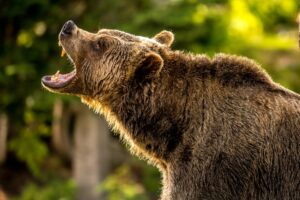
Grizzly bear VS Polar bear
Our last contender is the grizzly bear! Can it keep up with the polar bear? Let’s find out! Firstly, the bite force of these bears reflects their dietary preferences and ecological niches. While both possess powerful jaws, the polar bear’s bite is adapted for capturing and consuming its primary prey. The polar bear has a strong bite force of 1200 PSI, aided by sharp, conical teeth, allowing it to crush through the thick blubber and tough skin of marine mammals.
On the other hand, the grizzly bear, which has a more omnivorous diet, relies on a robust bite force to process a variety of foods, including plant matter, fish, and small to large mammals. This is why the grizzly bear’s bite force comes at around 1160 PSI, which is a close second to the polar bear. In terms of size, the polar bear is generally larger than the grizzly bear. Adult male polar bears can weigh anywhere between 400 to 725 kilograms (900 to 1,600 pounds) and stand around 3 meters (10 feet) tall.
Grizzly bears, while still impressive in size, are comparatively smaller, with adult males weighing at most 550 kilograms (1,200 pounds) and standing around 2.7 meters (9 feet tall). Regarding speed, both bears are surprisingly agile despite their massive builds. However, the polar bear’s streamlined body and large, powerful limbs are specially adapted for efficient movement across sea ice.
Polar bears are adept swimmers and can reach speeds of up to 6 miles per hour in water. Grizzly bears, on the other hand, are more terrestrial in their movements, capable of reaching speeds of 30 miles per hour on land. So, if a polar bear and a grizzly bear were to run into one another on land, the polar bear would have the advantage!

